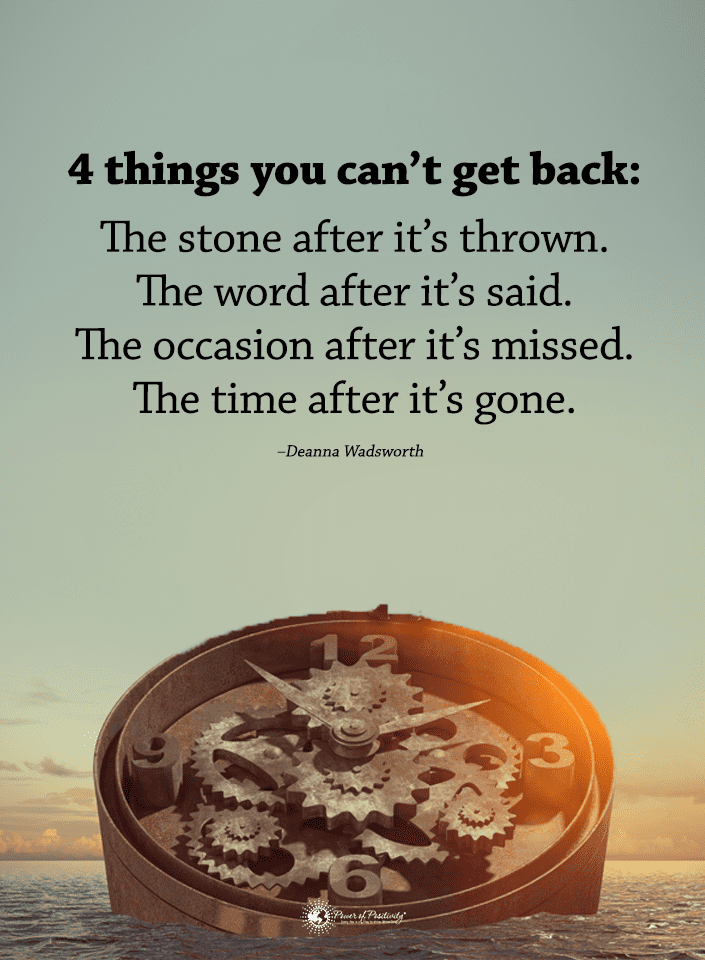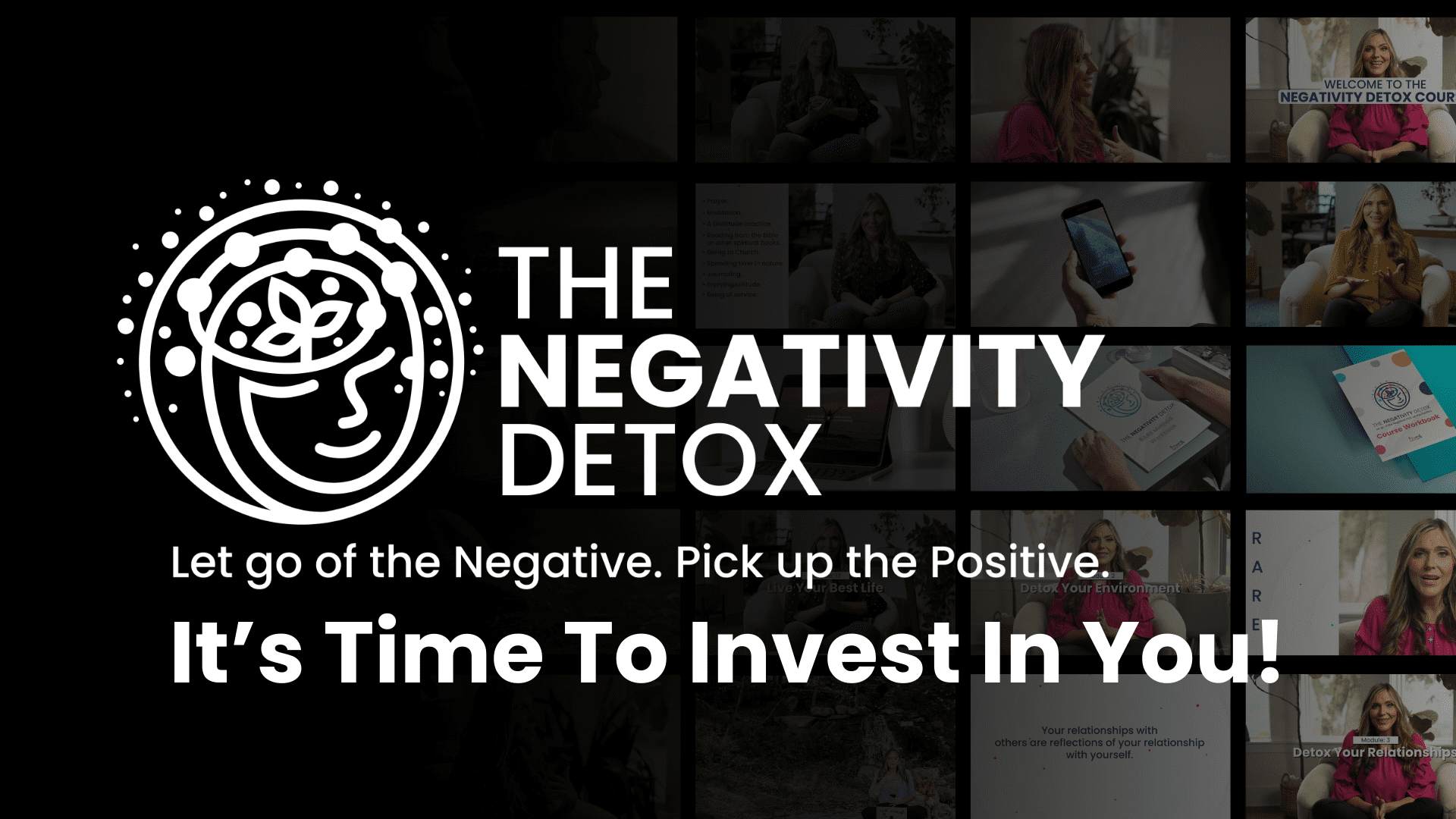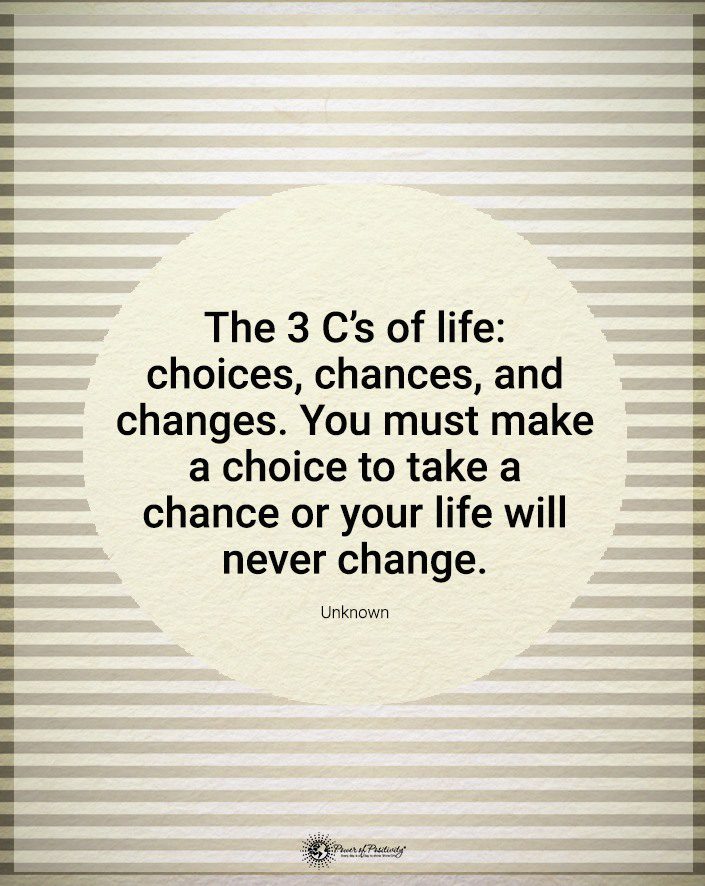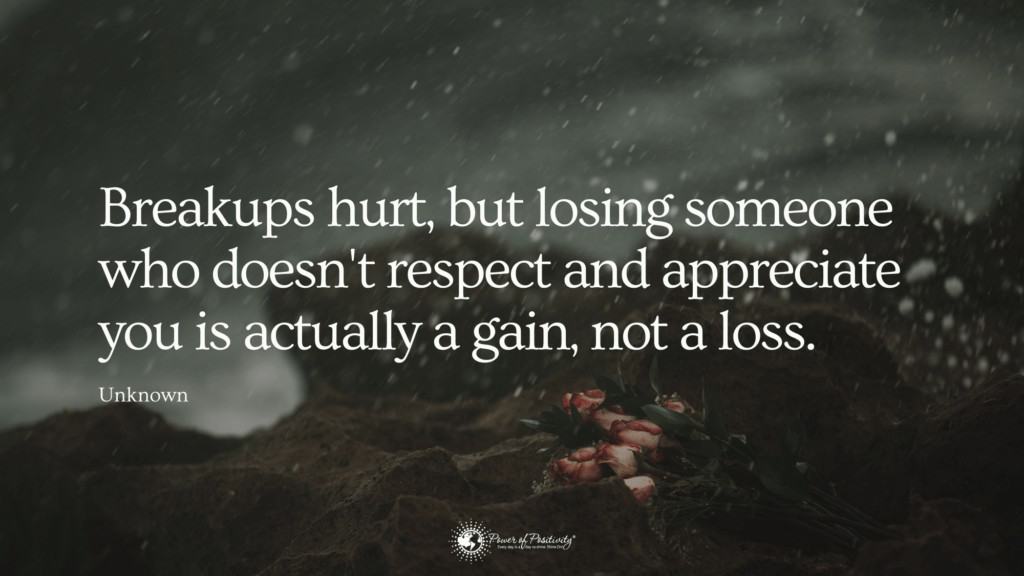Here’s how anger clouds your judgment.
Have you ever left a pot of vegetable soup on the stove only to see it bubble and boil over? That’s a lot like how anger works inside you. When you’re trying to problem solve, it’s crucial to ensure that your emotional “soup” isn’t about to spill over. Just as a boiling pot can be messy and too hot to handle, an overwhelmed mind clouded by angry feelings may struggle with clear thinking and decision-making.
As the heat intensifies and emotions rise, it becomes harder to sift through the issues. Like trying to salvage your pot of soup from spilling everywhere, managing problems when seething with anger can lead to more mess than solutions. The key is understanding why and, more importantly, how to counteract this natural stress response.
The Science Behind Anger
Anger is an emotional response to (real or imagined) perceived threats. It’s like your body’s ancient alarm system, built-in from when our ancestors had to fend off predators or protect their territories. When you feel threatened, your body reacts. That’s because it’s prepping you to either fight the danger or flee from it. It’s the primal “fight or flight” response you might have heard about.
But let’s look even deeper. Why does this happen?
When something ticks you off, your brain releases chemicals like adrenaline. Think of adrenaline as the fuel that fires up your body’s engine. Your heart rate increases, your blood pressure rises, and your muscles tense up. All these reactions are your body’s way of preparing to face the threat head-on or to make a quick getaway.

Yet, the threats we face today are rarely physical. More often, they’re emotional or psychological. Someone cuts you off during your commute, a friend betrays your trust, or you have mounting pressures at work. These situations can’t be “fought” or “fled” from in the traditional sense. But your body still reacts as if it can be.
That is where the problem with problem-solving comes in. Your prefrontal cortex, the part of your brain that dictates logical thinking and decision-making, doesn’t function at its best when the “fight or flight” response engages. It’s like trying to complete a puzzle during a thunderstorm. The noise, the chaos—it’s all too distracting.
Moreover, the heightened state of arousal makes it challenging to see things from a different perspective. It narrows your focus to the immediate threat, making it harder to weigh the pros and cons. You also cannot think of long-term consequences. In essence, anger blinds your ability to process information and to problem-solve effectively.
Understanding this science is the first step towards managing your reactions. Recognizing the physiological changes that occur when you’re angry can help you take a step back, breathe, and approach situations calmly. Remember, it’s not about suppressing anger—it’s a natural emotion, after all. It’s about ensuring it doesn’t boil over and cloud your judgment when needed.
What Happens in the Brain When You Feel Angry
Your brain, a complex and intricate organ, controls everything from your movements to your emotions. When it comes to anger, a lot is happening. Let’s take a journey into your brain and uncover how it reacts when you’re seeing red.
Central to our understanding is the amygdala, a small almond-shaped structure deep within your brain. Think of the amygdala as your emotional command center. Whenever you perceive something as threatening or harmful, the amygdala sounds the alarm, triggering that “fight or flight” response we discussed earlier. But the amygdala isn’t always the best at distinguishing between actual physical threats and more metaphorical ones, like a nasty comment from a colleague or a frustrating email. That means that it can sometimes set off alarms unnecessarily.
When the amygdala is in high gear, it can override other parts of the brain. Enter the prefrontal cortex, the brain region responsible for higher-order thinking, decision-making, and impulse control. You can think of the prefrontal cortex as the calm and rational CEO of a company, while the amygdala is like an overeager intern ready to hit the panic button at a moment’s notice.
In a balanced brain, the CEO would guide decisions, ensuring they’re well thought out and reasonable. However, when anger flares up, the intern (amygdala) might take charge, often sidelining the CEO (prefrontal cortex). This “hijacking” of the brain by the amygdala can lead to impulsive reactions and poor decision-making.
Furthermore, the connection between the amygdala and another part of your brain, the hippocampus (pivotal for memory), becomes stronger. So, when you’re angry, you’re more likely to remember adverse events or experiences. It’s like your brain putting on a pair of glasses that only focus on the bad, making it hard to see the good or think objectively.
Lastly, there’s a decrease in the activity of the anterior cingulate cortex, the region of the brain that helps in detecting errors and resolving conflicts. So, when you’re fuming, it is harder to think clearly and make decisions, but it’s also more challenging to recognize when you’re on the wrong track or to see alternatives.
While anger can give you the drive to tackle challenges head-on, it doesn’t necessarily equip you with the tools to problem solve effectively. Recognizing this can be your secret weapon when clear thinking is essential. Remember, it’s not about pushing away the anger but understanding how it affects your brain and taking steps to ensure it doesn’t dominate the conversation.
Impulse vs. Rationality
Imagine standing at the edge of a canyon, and you suddenly feel a strong urge to jump, even if you have no intention of doing so. That’s an example of an impulsive thought, one that springs up without warning or deep contemplation. You wouldn’t act on it because rationality kicks in, reminding you of the danger. When you’re angry, however, the balance between impulse and rationality can get skewed.
Anger is an impulsive emotion. It’s quick, fiery, and demands immediate action. It pushes you to act on that gut reaction without taking a moment to ponder the potential consequences. Think back to times when you’ve said something in the heat of the moment, only to regret it later. That’s anger pushing you towards impulsive actions.
Why does this happen? Let’s connect the dots.
As mentioned, when you feel angry, the amygdala (our emotional intern) is loud and active, while the prefrontal cortex (the rational CEO) gets sidelined. This imbalance means that your brain operates with a stronger push from the impulse side without the counterbalance of rational thought.
But there’s more. Anger creates a sense of urgency. It convinces you that you must act now, that there’s no time to weigh the pros and cons. It’s a remnant from our ancestors’ times when fleeing from a predator was crucial for survival. But in today’s world, where most threats aren’t immediately life-threatening, this urgency can lead to hasty decisions.
That doesn’t mean all impulsive actions are wrong. Sometimes, they can be genuine and authentic reactions. However, when it comes to problem-solving, acting purely on impulse might not yield the best results. Effective problem-solving requires patience, analysis, and foresight—traits that are often overshadowed by the overpowering nature of anger.
Anger can act like fog on a windshield, obscuring the clear path ahead. It might make you feel assertive and decisive at the moment. However, it’s essential to ensure that your actions have a blend of both emotion and reason rather than anger alone. So the next time you feel that surge of rage, it might be worth stepping back and asking yourself: “Is this my anger talking, or is it the real me?”

Barriers to Problem Solving
Here are some other things that might impair your ability to problem solve:
1 – Being Angry and Clouded Judgment
Anger can influence your perception of situations. You might view things through a more harmful or hostile lens, missing out on details or other perspectives. This clouded judgment can prevent you from seeing the full scope of a situation and hinder you from finding practical solutions.
2 – Tunnel Vision
When angry, you tend to hyper-focus on the source of your frustration. This state is tunnel vision. While it sounds good to focus intently on a problem, this focus is narrow and limited. It prevents you from seeing alternative paths or solutions outside your immediate line of sight.
3 – Angry Thoughts May Reduce Creativity
Anger can stifle your creative juices. The ability to think outside the box, develop innovative solutions, or see connections between seemingly unrelated things can diminish. When you’re steaming with rage, your brain is less likely to make those creative leaps that can often lead to breakthroughs in problem-solving.
4 – Angry Feelings May Lead to Defensiveness
Anger often puts you in a defensive mode. Instead of openly listening to feedback or other viewpoints, you might become resistant or even combative. This defensiveness can shut down collaborative problem-solving and limit your ability to adapt or change your approach.
5 – Impaired Communication
Let’s face it. When you’re angry, clear communication can go out the window. You might become more aggressive, less articulate, or even entirely withdrawn. Instead, effective problem-solving often requires open dialogue, understanding, and collaboration. Of course, anger dampens each of these opportunities to communicate.
In understanding these barriers, you’re better equipped to navigate around them. Just as knowing there’s a storm can prepare you to secure your puzzle pieces, being aware of anger’s obstacles can guide you in tackling challenges with a more focused mindset. It’s all about recognizing the barriers and then working to minimize their impact.
The Role of Stress Hormones
When you think of anger, you might imagine loud shouts, red faces, or clenched fists. But beneath the surface, there’s a biochemical storm happening inside your body, and one key player in this storm is cortisol, commonly referred to as the “stress hormone.”
1 – What is Cortisol?
Cortisol is a steroid hormone. The adrenal glands produce it. While it plays several roles in the body, including regulating metabolism and reducing inflammation, it’s most famously known for its role in the body’s stress response.
2 – Angry Feelings and Cortisol
When you’re angry or stressed, cortisol levels spike. This increase readies your body to respond to immediate threats. It’s like your body’s natural alarm system, increasing your heart rate, tightening your muscles, and sharpening your senses. All these reactions are your body’s ancient way of prepping for a confrontation or a quick exit.
3 – How Cortisol Affects Problem-Solving
But here’s the twist: Elevated cortisol levels, especially over extended periods, can wreak havoc on your cognitive functions. High cortisol can do the following:
- Impair memory, which makes it harder for you to recall important details.
- Disrupted focus, leading to scattered thoughts or an inability to concentrate on the task at hand.
- Lower impulse control, increasing the chances of hasty decisions without fully considering the consequences.
- Reduce synaptic connectivity, hampering the brain’s ability to process information and think critically.
4 – Beyond the Moment of Being Angry
It’s not just about the immediate aftermath of an anger episode. Continually elevated cortisol levels due to chronic anger or stress can have long-term effects on your brain health. It can lead to issues like anxiety or depression. It can also increase one’s risk of chronic diseases.
5 – Being Angry is a Balancing Act
It’s crucial to remember that cortisol, in moderation, is not the enemy. It’s there to help you react to immediate threats and challenges. But, like anything, balance is key. Consistently high levels, mainly when driven by frequent bouts of anger, can bar clear, logical thinking and effective problem-solving.
Understanding the role of cortisol and its effects gives you another tool in your toolkit. By recognizing the signs and impacts of elevated stress hormones, you can calm down, reduce cortisol levels, and approach problems with a clearer, more composed mindset. Because sometimes, the best solutions come when you take a deep breath and let the storm inside you settle.

Tips to Manage Anger and Problem Solve Effectively
Just as you’d turn down the heat to prevent that pot of vegetable soup from boiling over, managing your anger is about finding ways to “lower the temperature” of your emotions. Here are some practical tips to keep your internal emotional heat in check and enhance your problem-solving skills when angry:</span>
erver-space=””>s=”true”>1 – Angry? Try Deep Breathing:
Before reacting, take a few deep breaths. This simple action can help reduce cortisol levels and provide a momentary pause, allowing the rational part of your brain to catch up.
2 – Count to Ten:
Counting gives your mind a momentary distraction, reducing the immediate emotional impulse. Once you reach ten, you might view the situation with a clearer perspective.
3 – Visualize Lowering the Heat:
Remember that pot of soup? When you feel anger rising, visualize turning down the stove’s knob. This imagery can act as a cue for your brain to calm down and assess the situation more logically.
4 – Physical Activity:
Going for a short walk, doing a few stretches, or even just shaking out your limbs can reduce anger. These can also aid in reducing adrenaline and cortisol levels.
5 – Practice Empathy:
Try to see things from another person’s perspective. Understanding where someone else is coming from often reduces anger or frustration.
6 – Limit Stimulants:
Reducing caffeine or sugar intake can help people manage their anger more effectively. These stimulants can heighten emotional reactions in some individuals.
7 – Seek Feedback:
Sometimes, an outside perspective can provide clarity. Discuss your angry feelings with a trusted friend or loved one about the situation. They might offer a viewpoint you hadn’t considered.
8 – Establish Boundaries:
If specific topics or situations trigger your anger, set boundaries for yourself. That could mean avoiding particular discussions until you feel calmer or limiting time spent in potentially stressful environments.
9 – Seek Professional Help if Angry Often:
If managing anger becomes challenging, consider speaking with a therapist or counselor. They can provide tailored strategies and tools to navigate anger and improve problem-solving.
10 – Regularly Check-in:
Like monitoring that pot of soup, regularly check in with yourself about how you’re feeling. Recognize early signs of anger and use your tools to manage it before it reaches boiling point.
Managing your anger is a skill. Of course, it gets better with practice – like any skill! By following these tips, you’ll prepare yourself to tackle problems head-on without letting emotions cloud your judgment. Remember, it’s not about avoiding the heat. Rather, it’s about learning to cook at just the right temperature.
Final Thoughts on Why You Can’t Problem Solve While Angry
By actively implementing strategies to “turn down the heat,” we can prevent that pot of delicious veggie soup from boiling out of the pan.
Your newfound clarity not only allows us to address the issues at hand effectively but also strengthens our relationships, improves our well-being, and empowers us to navigate future challenges with confidence and grace.
Anger management doesn’t mean suppressing or ignoring it. It’s about understanding its origins, recognizing its impact, and taking proactive steps to ensure it serves us rather than hinders us. As you master this art, you’ll discover that the ability to problem solve becomes not only easier but also more rewarding.
So the next time you find yourself in a heated moment, remember the pot of vegetable soup. The next time you feel angry, recall your power to control the heat and trust that with a cooler, calmer approach, you’re better equipped to find solutions, understand others, and move forward positively.




















